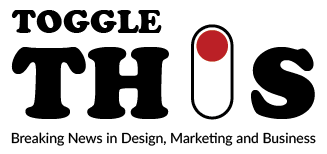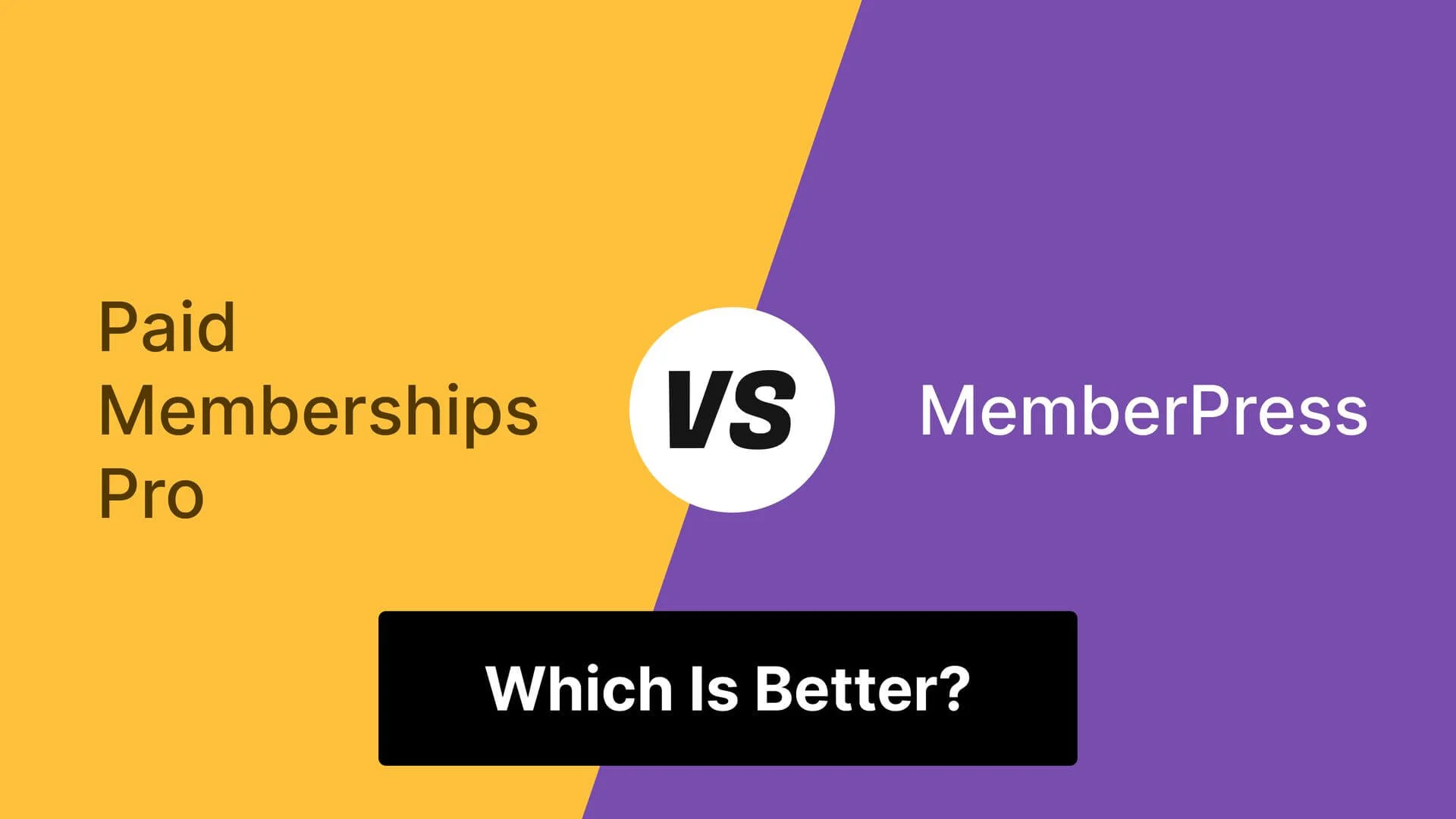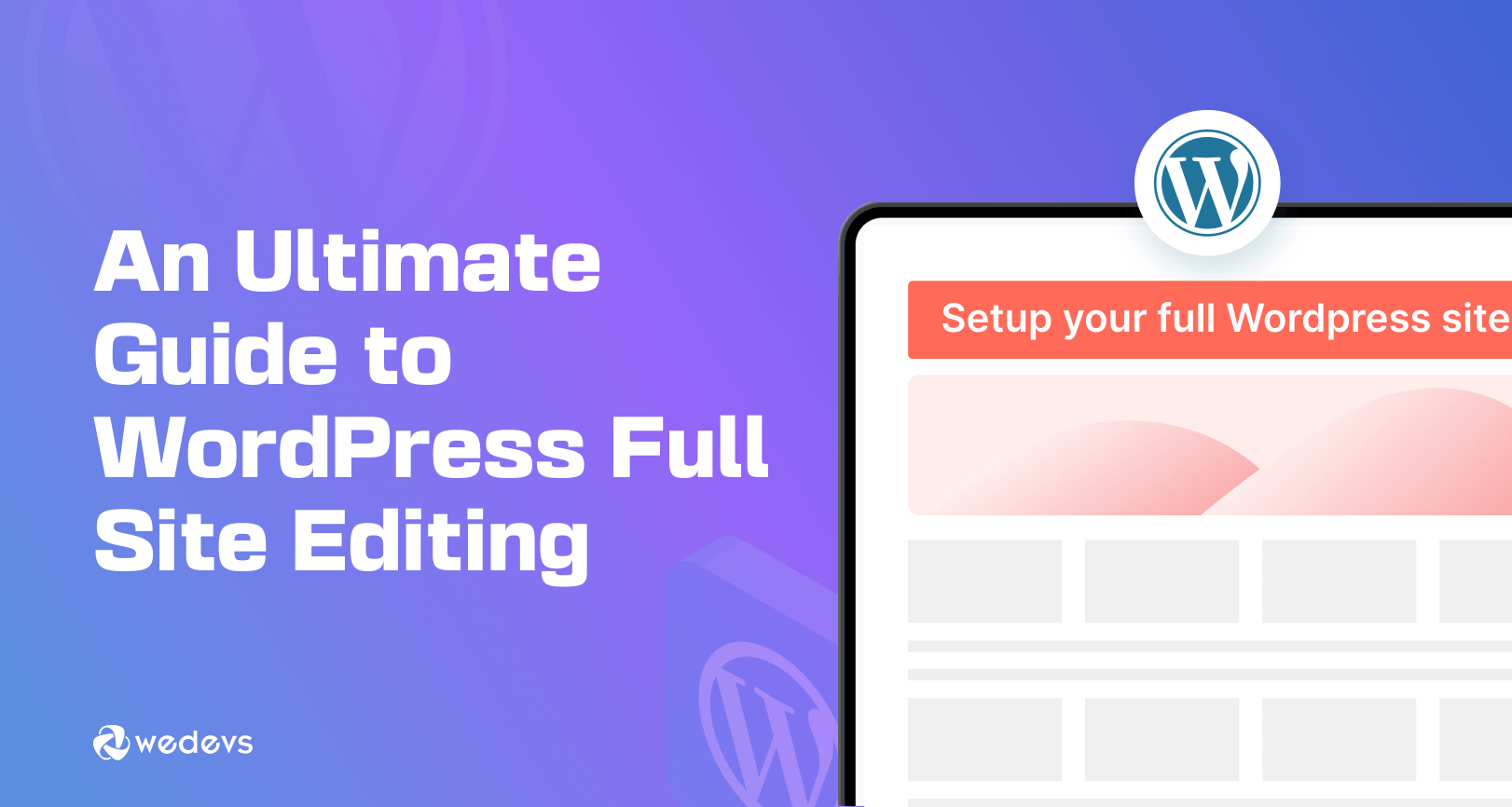From Scroll to Sale: UX Patterns that Cut Bounce Rate by 34%
Above-the-Fold Anatomy: The First Impression Formula
The first screen of your webpage is your digital handshake with potential customers. It’s where visitors make split-second decisions about whether to stay or leave. Here’s the proven anatomy of high-converting above-the-fold sections:
Hero Statement
Your primary value proposition should be immediately clear, benefit-focused, and tailored to your target audience’s primary pain point.
Trust Bar
Social proof and credibility indicators positioned immediately below your hero statement to address objections before they form.
Micro-Copy
Strategic text elements that guide user behavior and reduce cognitive load through clear, benefit-focused language.
The key is creating a visual flow that naturally guides the eye from value proposition to social proof to action. This sequential storytelling approach reduces decision fatigue and creates momentum toward conversion.
Sticky CTA vs. Inline CTA: The $2.3M Split-Test
HubSpot conducted a comprehensive A/B test comparing sticky CTAs (fixed at the bottom of the screen) versus inline CTAs (placed naturally within content flow) across their product pages. The results challenged conventional wisdom:
The winning strategy wasn’t choosing one over the other—it was implementing both with intelligent conditions:
This approach ensures that CTAs enhance rather than interrupt the user experience, providing convenient access to conversion opportunities without overwhelming visitors.
Progressive Disclosure Tactics That Work
Information overload is a major contributor to high bounce rates. Progressive disclosure techniques help you present complex information in digestible chunks, keeping users engaged while reducing cognitive burden.
Strategic Accordions
Accordions work best when they reveal information that directly addresses common objections or questions that arise naturally as users read through your content.
Purposeful Tabs
Tabs are most effective when organizing related but distinct information categories that users might want to compare or access selectively.
Scroll-Triggered Reveal
Animations and content that appear as users scroll create a sense of discovery and maintain engagement throughout longer pages.
The key to successful progressive disclosure is aligning the reveal timing with user intent and information needs. When done right, these techniques transform overwhelming content into an engaging journey of discovery.
Exit-Intent Modal That Doesn’t Annoy
The Respectful Exit-Intent Formula
KPIs to Track for 30 Days
Implementing these UX patterns is just the beginning. To measure their impact and optimize for continuous improvement, track these key performance indicators over a 30-day period:
Percentage of visitors who leave after viewing only one page
Target: 15-25% reduction
Average duration visitors spend on your page
Target: 20-30% increase
Percentage of page content users view before leaving
Target: 15-20% deeper engagement
Percentage of visitors who complete desired action
Target: 10-20% improvement
Percentage of visitors who click primary call-to-action
Target: 25-35% increase
Percentage of exit-intent displays that result in engagement
Target: 2-5% conversion rate
Set up tracking in Google Analytics, Hotjar, or your preferred analytics platform before implementing changes. This baseline data will help you measure the true impact of your UX improvements and identify which patterns work best for your specific audience.
30-Day Implementation Roadmap
Conduct heat mapping analysis, audit current above-the-fold content, and establish baseline KPI measurements. Identify the single biggest friction point in your current user journey.
Redesign above-the-fold section using the anatomy framework, implement progressive disclosure for complex content sections, and add respectful exit-intent modal with valuable offer.
Launch A/B tests for sticky vs. inline CTAs, test different accordion content strategies, and optimize micro-copy based on user feedback and engagement patterns.
Analyze KPI data, identify top-performing elements, and create optimization roadmap for next 30 days. Document lessons learned and establish ongoing testing cadence.
From Friction to Flow
The patterns outlined in this guide aren’t magic bullets—they’re proven strategies for removing friction and creating natural pathways from initial interest to purchase decision. The 34% bounce rate reduction we achieved wasn’t about tricking users or manipulating behavior.
It was about understanding user psychology, respecting user intent, and designing experiences that make it easier for people to find value in what you offer. Every element—from the hero statement to the exit-intent modal—serves the same purpose: helping users make informed decisions with minimal effort.
The real power of these UX patterns lies not in their individual impact, but in their cumulative effect. When implemented together as a cohesive system, they create an experience that feels effortless yet purposeful, guiding users naturally toward conversion while respecting their autonomy and intelligence.
Start with one pattern, measure its impact, and build from there. User experience optimization is an ongoing journey, not a destination. The companies that master this approach don’t just reduce bounce rates—they build lasting relationships with customers who feel understood, valued, and respected throughout their journey.






